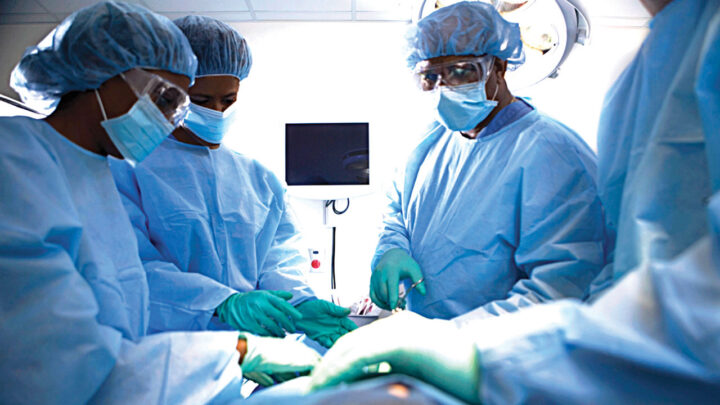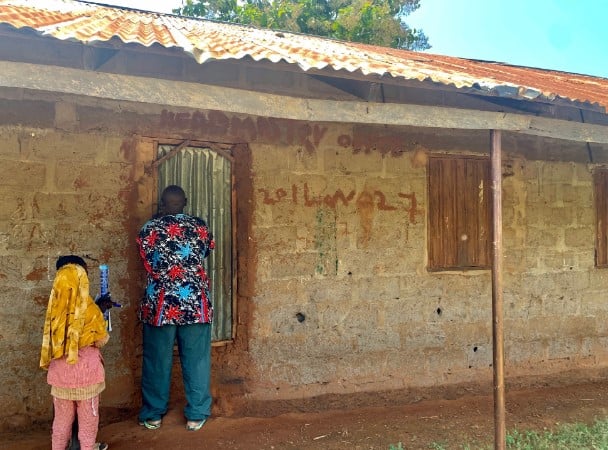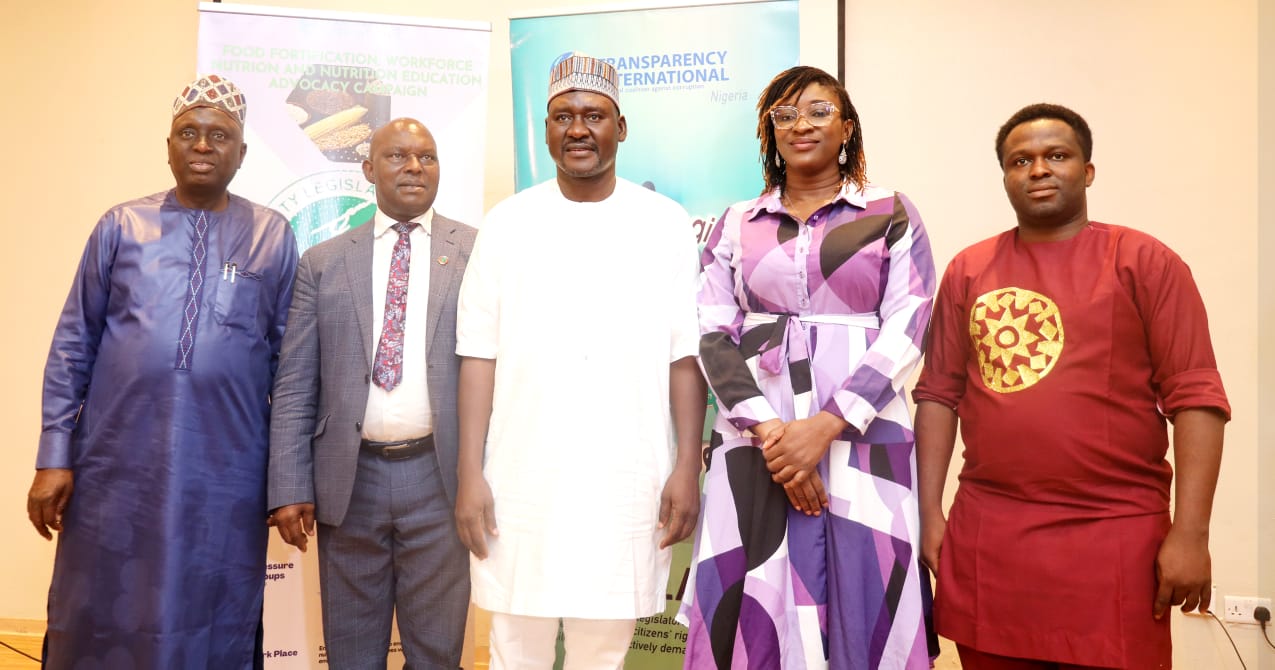The World Health Organisation (WHO) has recommended a new medical approach of managing postpartum haemorrhage (PPH), a condition that causes severe bleeding after childbirth.
In a statement on Tuesday, the organisation recommended a new solution, known as E-MOTIVE, to reduce deaths from childbirth-related bleeding.
The new solution is contained in a recent landmark study published by WHO researchers and the University of Birmingham.
The E-MOTIVE is the early detection of postpartum haemorrhage and treatment using the WHO MOTIVE ‘first response’ bundle, a cluster randomised trial with health economic analysis and mixed methods evaluation
Advertisement
WHO said the new approach has been found to enable 60 percent reduction in heavy bleeding after childbirth.
The organisation defined postpartum haemorrhage (PPH) as the loss of more than 500 mL of blood within 24 hours after birth.
“The study, which involved over 200,000 women in four countries, found that objectively measuring blood loss using a simple, low-cost collection device called a ‘drape’ and bundling together WHO-recommended treatments – rather than offering them sequentially – resulted in dramatic improvements in outcomes for women,” the global health body said.
Advertisement
“Severe bleeding – when a woman loses more than a liter of blood after birth – was reduced by 60%, and they were less likely to lose their life.
“There was also a substantial reduction in the rate of blood transfusions for bleeding, which is of particular importance in low-income countries where blood is a scarce and expensive resource.
“Currently, a major challenge in responding to PPH is that it is often detected too late to respond effectively. Most providers use visual inspection to assess bleeding, which tends to underestimate blood loss and can lead to life-threatening delays in treatment.
“When treatment is provided, this is typically done in a sequential manner with gaps between each intervention – costing more time if the first options are not effective.”
Advertisement
PPH LEADING CAUSE OF MATERNAL MORTALITY
Pascale Allotey, WHO director of sexual and reproductive health and research and head of the United Nations’ special programme of research, development and research training in Human Reproduction (HRP), said the condition is the leading cause of maternal mortality worldwide.
Allotey said it also affects an estimated “14 million women each year and results in around 70 000 deaths – mostly in low and middle-income countries – equivalent to 1 death every 6 minutes”.
“Postpartum haemorrhage is scary, not always predictable, but absolutely treatable. Nonetheless, its impacts around the world are tragic,” she added.
Advertisement
“No woman should fear for her life when giving birth. Effective solutions to tackle postpartum bleeding need to be available and accessible so that all women can experience a safe birth and a healthy future with their families.”
On his part, Arri Coomarasamy, co-director of the WHO collaborating centre on global women’s health at the University of Birmingham, said adopting the new approach will help in avoiding delays when managing cases of childbirth bleeding.
Advertisement
“This new approach to treating postpartum haemorrhage could radically improve women’s chances of surviving childbirth globally, helping them get the treatment they need when they need it,” Coomarasamy said.
“Time is of the essence when responding to postpartum bleeding, so interventions that eliminate delays in diagnosis or treatment should be game-changers for maternal health.”
Advertisement






